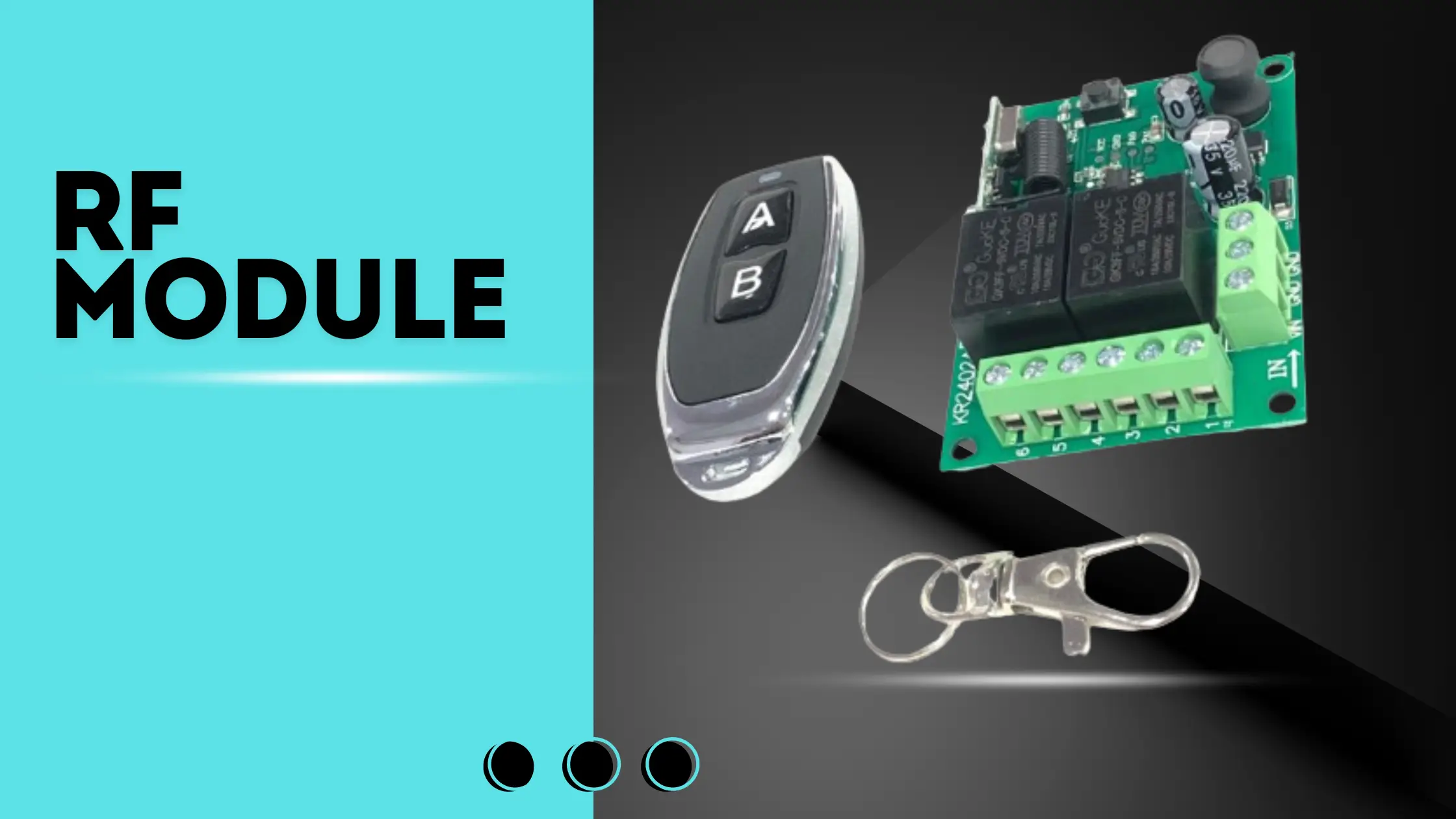What is RF-Modules?

RF modules, short for radio frequency modules, are electronic components used for wireless communication. They typically consist of a transmitter and a receiver that operate on radio frequencies to transmit and receive data or signals wirelessly. RF modules are commonly used in applications such as remote controls, wireless data transmission, wireless alarms, and various types of telemetry systems. They can operate on different frequencies, including popular bands like 433MHz, 868MHz, and 2.4GHz, depending on the application requirements.
What are RF Modules?
RF modules, short for Radio Frequency modules, are compact electronic devices that facilitate wireless communication by transmitting and receiving data over radio frequencies. They come in a variety of forms, from standalone modules to integrated circuits, and operate across different frequency bands, such as 433MHz, 868MHz, and 2.4GHz, catering to diverse application needs.
The Components of RF Modules:
RF modules typically consist of a transmitter, a receiver, and supporting circuitry. The transmitter modulates the data onto a carrier wave, while the receiver demodulates the received signal to extract the original data. Additionally, these modules may include components like antennas, amplifiers, and filters to optimize performance.
Applications of RF Modules:
The versatility of RF modules makes them indispensable across various industries and applications:
- Remote Controls: RF modules power the wireless connectivity in remote controls for televisions, home appliances, and automotive systems.
- Wireless Sensors: In industries like agriculture and healthcare, RF modules enable the transmission of sensor data wirelessly, facilitating real-time monitoring and control.
- Telemetry Systems: RF modules play a crucial role in telemetry applications, transmitting data from remote locations to a central monitoring station, used in environmental monitoring, wildlife tracking, and asset management.
- Communication Systems: From short-range communication in Bluetooth-enabled devices to long-range communication in IoT networks, RF modules serve as the backbone of modern communication systems.
Benefits of RF Modules:
- Wireless Connectivity: RF modules eliminate the need for wired connections, offering flexibility and mobility in device deployment.
- Compact Size: RF modules are compact and lightweight, making them suitable for integration into small form-factor devices.
- Ease of Integration: These modules simplify the process of adding wireless functionality to electronic devices, reducing development time and costs.
- Reliability: RF modules are designed to operate in challenging RF environments, ensuring reliable communication even in the presence of interference.
Challenges and Considerations: Despite their numerous benefits, RF modules come with their set of challenges, including:
- Interference: RF signals are susceptible to interference from other wireless devices and environmental factors, requiring careful planning of frequency bands and signal modulation techniques.
- Power Consumption: Transmitting and receiving RF signals can consume significant power, necessitating efficient power management techniques to prolong battery life in battery-powered devices.
- Regulatory Compliance: RF modules must comply with regulatory standards governing radio frequency emissions to ensure compatibility and minimize interference with other devices.
Future Trends: Looking ahead, the evolution of RF modules is poised to continue, driven by advancements in semiconductor technology and wireless communication standards. Key trends shaping the future of RF modules include:
- Integration of IoT and 5G: RF modules will play a vital role in enabling the proliferation of IoT devices and the rollout of 5G networks, offering higher data rates and lower latency.
- Miniaturization: Continued miniaturization of RF modules will enable their integration into wearable devices, healthcare sensors, and IoT-enabled infrastructure.
- Energy Harvesting: Integration of energy harvesting technologies with RF modules will enable self-powered wireless devices, reducing dependency on external power sources.
Conclusion: In conclusion, RF modules serve as the backbone of wireless communication, enabling seamless connectivity across a myriad of devices and applications. As technology continues to advance, the role of RF modules will only grow in importance, driving innovation and connectivity in the digital age.